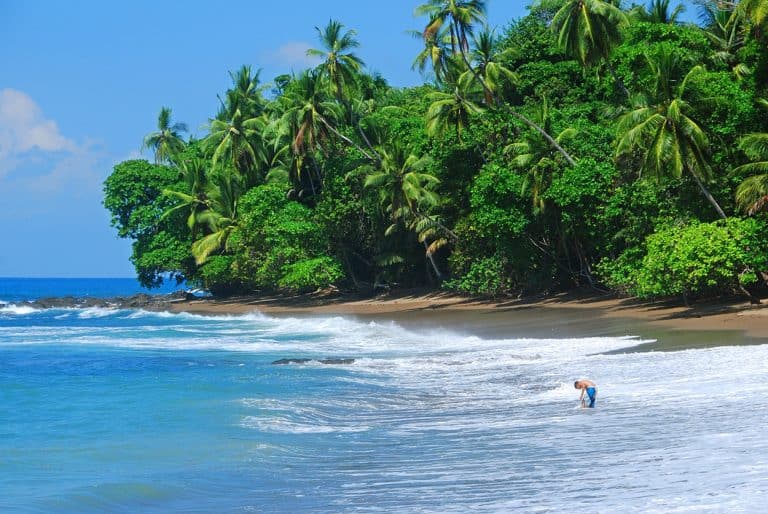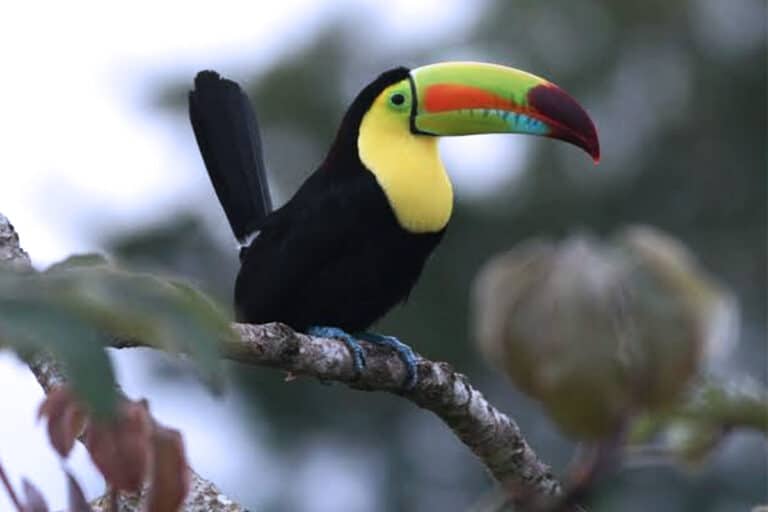AN imprisoned man known as “El Indio,” suspected of killing radio journalist Parmenio Medina in July 2001, has confessed to the murder before an Heredia judge and claimed the current suspects pointed out by prosecutors as the intellectual authors of the assassination had nothing to do with the crime.
Nicaraguan-born Luis Alberto Aguirre told Judge Victor Mora on March 31 that Catholic priest Minor Calvo and sports businessman Omar Chaves were not behind the killing, but rather two Costa Rican politicians: a man and a woman.
However, the prosecution decided to ignore that portion of Aguirre’s testimony, maintaining there is sufficient evidence to show that Calvo and Chaves authored the murder. Since they are not being investigated, the politicians cannot be named.
Guiselle Rivera, the prosecutor in charge of the investigation, claimed Aguirre was just trying to shift focus away from Calvo and Chaves. But Aguirre remained adamant.
“WE, as the executors of the execution of this journalist, know very well who the intermediary was and who paid,” Aguirre told The Tico Times during an interview at La Reforma maximum-security prison in Alajuela, northwest of San José, April 2.
Although they were both arrested in late December, neither Calvo nor Chaves has been officially charged with a crime.
Chaves remains behind bars serving a preventive prison order, while Calvo was granted conditional freedom March 12 (TT, March 19).
Among the conditions of the priest’s release is that he must present himself before a judge every 15 days, which he has done thus far, according to the Judicial Branch.
Just before Medina was shot point-blank three times in his head and torso outside his home on July 7, 2001, the journalist had produced a series of investigative reports denouncing financial irregularities in the then-widely popular and now-defunct Catholic radio station Radio Maria. The station was created and run by Calvo and bankrolled by Chaves (TT, Jan. 9).
AGUIRRE told The Tico Times he believes the prosecution is blaming Calvo and Chaves because the Radio Maria series on Medina’s program La Patada (The Kick) was fresh at the time he killed him. Aguirre said he and those who assisted him in the killing were hired to snuff out Medina because of information he had obtained about the two politician’s alleged involvement in drug use and “corruption of a minor.”
“(One politician’s) solution was to shut him up as fast as possible,” Aguirre said.
Aguirre, 31, said he had never had any involvement with Calvo or Chaves. The suspect also said he had doubts about the persons being arrested in connection with the killing all along, but finally came forward because he did not feel it right that so many innocent persons should be imprisoned. He claimed the other suspected executioners have not come forward with this information yet because they fear for their own lives or the lives of their families.
“In my case, I don’t have family here, in the country. It’s just the same to me if they send someone to kill me, or to kill my family, because one dies when God wills it, man,” Aguirre said. “If I have to die, I’ll die.
I’ve lost my freedom; it’s nothing more to lose life.”
PROSECUTORS accepted other portions of Aguirre’s testimony, such as his confession and the naming of another alleged intermediary, Costa Rican Danny Smith.
Prosecutor Rivera this week requested a preventive prison order for Smith, the tenth suspect in the case.
Aguirre said killing Medina was something he did for the money and was not difficult because the journalist was not someone he knew.
“It’s simply a thing one completes, because one has lived of that and gone on in this world,” he said.
He said he was not told how to kill Medina – his only instructions were that the journalist was not to remain alive.
Aguirre was arrested in late 2001 for his alleged involvement in a bank robbery in Buenos Aires, in the province of Puntarenas. He was later linked to the Medina case.
The bank robbery trial will begin Monday, according to sources from the Judicial Branch.
ALTHOUGH prosecutors in the Medina murder maintain their case is solid, lawyers on Chaves’ and Aguirre’s defense team claim the prosecution’s strategy “violates the rights of the defense and prevents due process.”
“This case is resolved, but the y don’t want it resolved,” said Alvaro Jiménez, Chaves’ lawyer.
Jiménez and his wife and business partner, Perla Cheves, both said they offered to defend Aguirre free of charge.
“We’re not saying we have the truth, but investigate it, for God’s sake,” Cheves said in reference to allegations about the two politicians.
The prosecution had based its case on a 32-page sworn statement from another suspected intermediary, John Gilberto Gutiérrez.
It was that statement that led to the December 2003 arrests of Calvo and Chaves.
But on Feb. 10, Gutiérrez, a Colombian, reversed his testimony, claiming he had only signed it because prosecutors had promised him his freedom within eight days (TT, March 19). Gutiérrez was arrested Sep. 26, 2003, for his alleged involvement in two unrelated kidnappings in Heredia and has been jailed since.
RIVERA, the prosecutor, claims Chaves has threatened prosecutors and witnesses involved in the case, and that he has obstructed the judicial process, but she has thus far avoided discussing the specifics of those threats – something which has angered members of the defense team.
“She says she has interviewed A, B and C persons who said X and Y things, but she doesn’t have the documents. We ask what the people actually said; they leave us in doubt,” Cheves said.
Another of suspect Chaves’ lawyers, Ulysses Calderón, told The Tico Times, “There is not proof enough to keep him in preventive prison. It is irrational and disproportionate” (TT, March 19).
THUS far, two appeals by Chaves’ defense team requesting his freedom have been rejected.
In the first, Heredia judge Ileanna Méndez ruled March 17 that “the court can show clearly that there has existed and exists a great manipulation and obstruction of the process” on the part of Chaves (TT, March 19).
In the second, Chaves’ defense team this week claimed he had psychiatric problems and needed help. A judge ruled he could receive such help in prison and denied the request for his release, La Nación reported.
Medina had produced the highly satirical La Patada for 28 years before his assassination. His wife and two sons are still seeking justice for his slaying.



